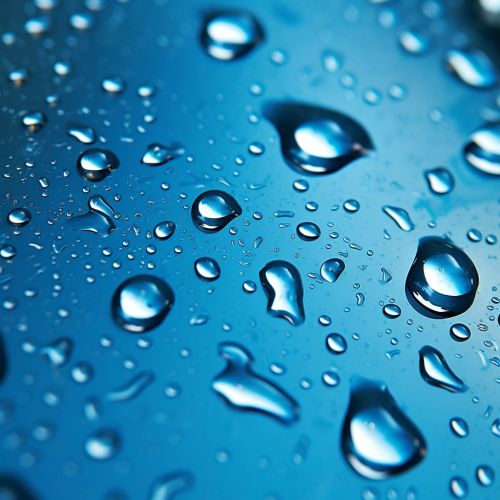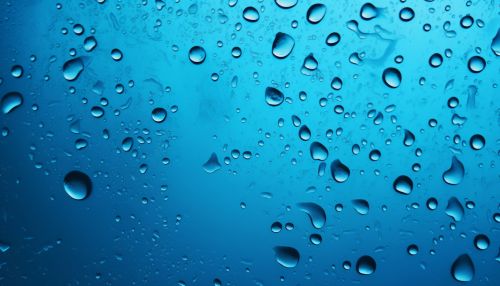Hydrophilic Coating
Introduction
A hydrophilic coating is a thin surface layer that attracts water. It is derived from the Greek words 'hydro' meaning water and 'philic' meaning loving. These coatings are applied to a variety of substrates to create surfaces that are water-attractive, thereby increasing wettability and improving surface energy. Hydrophilic coatings are used in a wide range of applications, from medical devices to automotive windshields, due to their unique properties.


Chemistry of Hydrophilic Coatings
The chemistry of hydrophilic coatings involves the use of polar functional groups, such as hydroxyl (-OH), carboxyl (-COOH), and amine (-NH2) groups. These groups form hydrogen bonds with water molecules, leading to the water-attracting property of the coating. The degree of hydrophilicity can be controlled by the density and type of polar functional groups present on the coating surface.
Types of Hydrophilic Coatings
There are several types of hydrophilic coatings, each with unique properties and applications. These include:
Polyvinyl Alcohol (PVA) Coatings
Polyvinyl Alcohol (PVA) is a synthetic polymer that is highly hydrophilic due to the presence of hydroxyl groups. PVA coatings are used in applications such as contact lenses and drug delivery systems due to their biocompatibility and water solubility.
Silicone Hydrogel Coatings
Silicone hydrogel coatings are used in the manufacture of contact lenses due to their high oxygen permeability and water retention properties. These coatings are made by incorporating hydrophilic monomers into a silicone matrix.
Polyethylene Glycol (PEG) Coatings
Polyethylene Glycol (PEG) is a polymer that is highly hydrophilic due to the presence of ether groups. PEG coatings are used in a variety of applications, including drug delivery systems and medical devices, due to their biocompatibility and resistance to protein adsorption.
Applications of Hydrophilic Coatings
Hydrophilic coatings are used in a wide range of applications due to their unique properties. These include:
Medical Devices
Hydrophilic coatings are commonly used in medical devices such as catheters, stents, and endoscopes. These coatings reduce friction, making the devices easier to insert and remove, and reduce the risk of injury to the patient. They also improve the biocompatibility of the devices, reducing the risk of infection and inflammation.
Automotive Industry
In the automotive industry, hydrophilic coatings are used on windshields to improve visibility during rain. The coating causes the water to spread out into a thin, transparent layer, rather than forming droplets that can obstruct the driver's view.
Electronics
Hydrophilic coatings are used in electronics to improve the performance of devices such as solar cells and sensors. The coatings increase the wettability of the surface, improving the adhesion of inks and pastes during the manufacturing process.
Advantages and Disadvantages of Hydrophilic Coatings
Hydrophilic coatings offer several advantages, including improved wettability, reduced friction, and increased biocompatibility. However, they also have some disadvantages, such as the potential for leaching of the coating material into the surrounding environment, and the need for careful handling and storage to maintain their hydrophilic properties.
Future of Hydrophilic Coatings
The future of hydrophilic coatings looks promising, with ongoing research into new materials and applications. Potential areas of development include the use of hydrophilic coatings in nanotechnologies, biomaterials, and energy storage systems.
